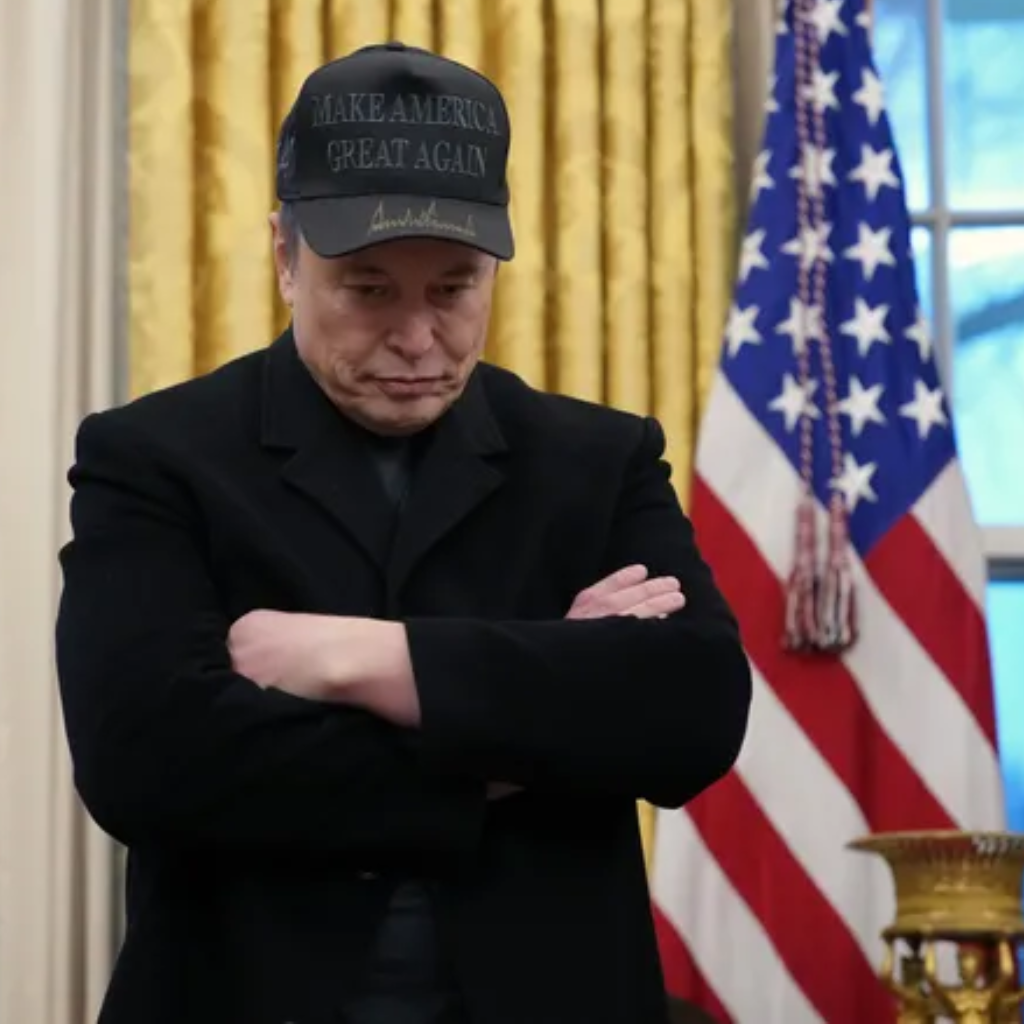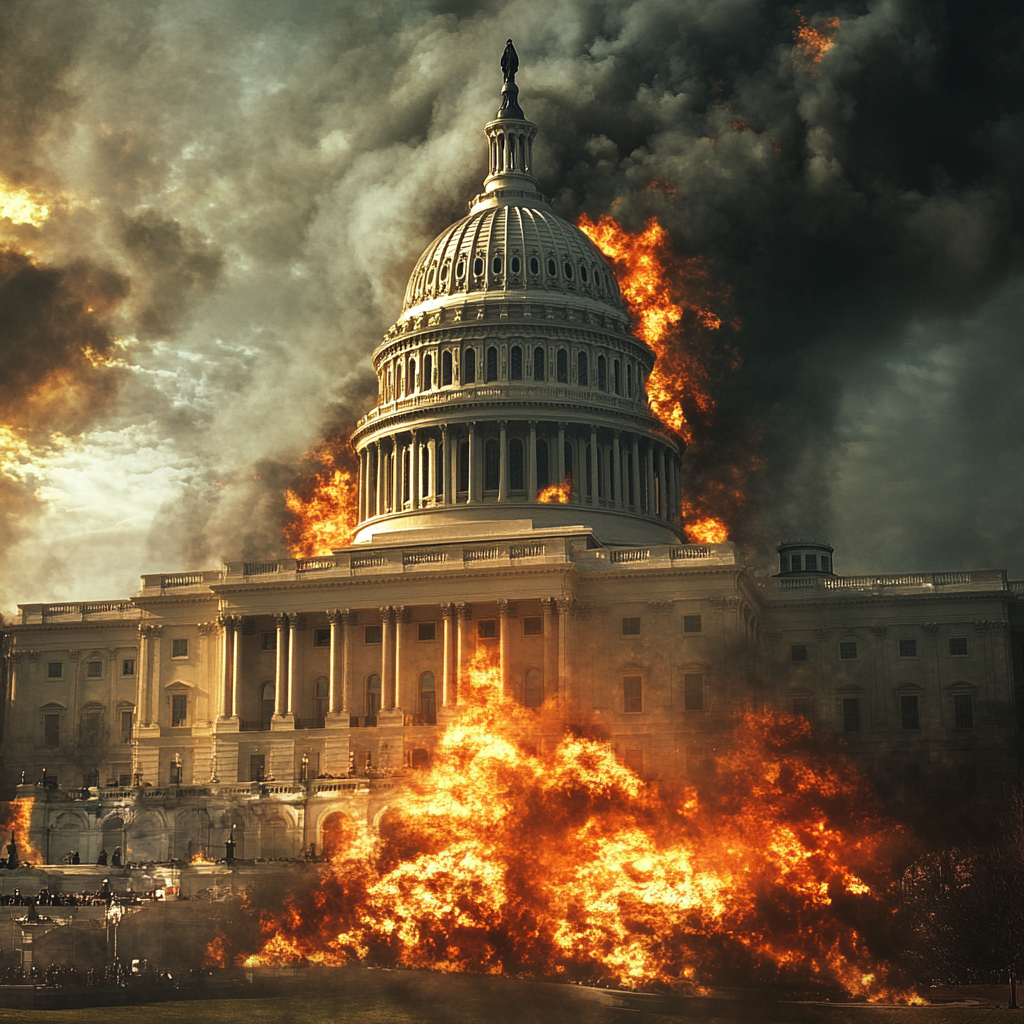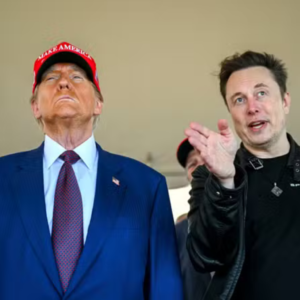This is Part 1 of a 6-Part Series on the Trump/DOGE Government Employee Firings.
Part 2: Actions Against Probationary Employees
Part 3: Deep Cuts to Education, Health, Energy and Veterans
The Trump administration implemented significant changes to the federal workforce, including widespread firings, layoffs, and a controversial “deferred resignation” proposal. These actions reflected the administration’s broader goal of reducing the size of the federal government and increasing efficiency. However, they also raised concerns about executive overreach and the extent of the president’s authority to reshape the bureaucracy. The sweeping reductions in government personnel not only affected federal employees but also sparked legal and ethical debates about the balance of power within the U.S. government.
A Flury of Actions Taken in Just the First Month
Within the first month of President Donald Trump’s administration, the White House and the newly established Department of Government Efficiency led an aggressive campaign to downsize the federal workforce. This effort involved immediate terminations, planned layoffs, and directives to agency heads to identify areas for personnel reduction. The rapid nature of these changes created an atmosphere of uncertainty among federal employees, particularly those in career positions who had previously expected stability in government roles. The administration framed these actions as a necessary step to cut government waste and inefficiency, though critics saw them as a politically motivated purge.
The administration’s primary objective was to streamline federal operations by eliminating what it viewed as unnecessary bureaucratic layers. President Trump frequently criticized the size and scope of the federal government, arguing that reducing its workforce would lead to increased efficiency and cost savings. The rhetoric surrounding these firings and layoffs suggested a fundamental restructuring of the federal government, with the potential to redefine the role of career civil servants and politically appointed officials alike. However, the speed and scale of the cuts alarmed both employees and external observers who feared the long-term consequences.
Devastating Impact on Federal Employees
The firings and layoffs affected thousands of federal employees, spanning both recently hired workers and career public servants. Many of these employees had spent decades in government service, providing institutional knowledge and continuity across administrations. The loss of such personnel raised concerns about disruptions in essential government functions, particularly in agencies that manage national security, public health, and regulatory oversight. The terminations also disproportionately affected employees in mid-level and senior positions, many of whom had extensive expertise in their respective fields.
The administration instructed agency leaders to prepare for “large-scale reductions in force” (RIF), signaling an intent to make personnel cuts a long-term strategy rather than a one-time event. The scale of the layoffs extended beyond Washington, D.C., challenging the common perception that the federal workforce is centralized in the capital. Approximately 20% of federal employees work in the D.C. area, but over 80% of the civilian workforce is based across the country, performing critical functions in regional offices. As a result, the impact of these job losses was felt nationwide, affecting local economies and communities that rely on federal jobs for economic stability.

“The Deferred Resignation Proposal” Explained
In addition to outright terminations, the White House introduced a “deferred resignation” proposal, which offered financial incentives to federal employees willing to leave their jobs voluntarily by February 6th. This initiative aimed to encourage resignations in exchange for months of paid leave, effectively allowing employees to transition out of government service while reducing the workforce in a manner that appeared less abrupt than direct layoffs. However, the proposal was met with immediate resistance from labor unions and legal experts who argued that it circumvented established employment protections.
A federal judge intervened and blocked the implementation of the deferred resignation plan, citing concerns about its legality and fairness. Labor unions contended that the proposal violated the rights of federal employees, potentially coercing them into leaving their positions under financial pressure. Despite these legal obstacles, the administration reported that approximately 75,000 federal employees had accepted the deferred resignation offer as of February 12th. The scale of participation underscored both the uncertainty faced by federal workers and the effectiveness of financial incentives in facilitating workforce reductions.
Curious and Concerning Lack of Data and Reporting
Despite the significant number of reported firings and layoffs, no official figure exists for the total number of affected federal employees. The lack of transparency regarding these personnel changes has fueled speculation and concern about the administration’s broader intentions. The Associated Press (AP) compiled data from various sources, including government statements, congressional reports, and labor unions, to estimate the scope of the job losses. However, without concrete numbers from the Office of Personnel Management (OPM) or other government agencies, the full impact remains difficult to quantify.
Outsized Impacts on Federal Agencies
The personnel reductions affected a wide range of federal agencies, leading to both staff and funding cuts. Agencies responsible for environmental regulation, healthcare oversight, and financial monitoring reported significant operational disruptions due to the loss of experienced employees. The AP provided summaries detailing how different departments and agencies were adapting to the changes, with some agencies facing critical shortages in key positions. As federal workers departed or were dismissed, concerns grew over the ability of agencies to fulfill their missions effectively.
The administration justified these reductions as part of its effort to dismantle bureaucratic inefficiencies and shift more responsibilities to state governments and the private sector. However, critics argued that the workforce cuts undermined essential government functions and weakened the ability of agencies to respond to crises. The long-term consequences of these reductions remain uncertain, but they have set a precedent for future administrations regarding the use of executive power to reshape the federal workforce.
| Summary on: | The Summary: |
|---|---|
| Impact on Federal Employees | Thousands of federal employees were fired or laid off, including both new and career workers. |
| Deferred Resignation Proposal | The White House offered a “deferred resignation” proposal to federal employees, providing financial incentives in exchange for leaving their jobs. |
| Data and Reporting | There is no official figure available for the total number of firings or layoffs. The Associated Press compiled data based on its reporting and statements from lawmakers and employee unions. |
| Impact on Agencies | The administration’s actions affected various federal agencies, leading to reductions in staff and funding. |
| Key Terms | Reductions in force (RIF), Deferred resignation, Office of Personnel Management (OPM) |
Key Terms
Reductions in Force (RIF): A formal process used by government agencies to reduce the number of employees, typically through layoffs. The Trump administration utilized RIF procedures to implement large-scale terminations across multiple agencies.
Deferred Resignation: A controversial proposal introduced by the Trump administration, offering financial incentives to federal employees who voluntarily left their positions. Though initially blocked by a federal judge, the proposal led to the resignation of tens of thousands of employees.
Office of Personnel Management (OPM): The federal agency responsible for managing government employment policies, hiring, pay structures, and benefits. OPM played a key role in overseeing the execution of the Trump administration’s workforce reduction strategies.
The Trump administration’s approach to federal workforce reductions marked a significant departure from past practices, prioritizing rapid and sweeping changes over gradual reforms. While supporters viewed these efforts as necessary steps toward a leaner and more efficient government, critics saw them as a dangerous consolidation of executive power that undermined the stability of federal institutions. The legal battles and public outcry surrounding these firings and layoffs underscore the ongoing debate about the limits of presidential authority in reshaping the federal bureaucracy. As future administrations assess the impact of these decisions, the precedent set by these workforce reductions will likely influence discussions on government efficiency and the role of career civil servants in the executive branch.





